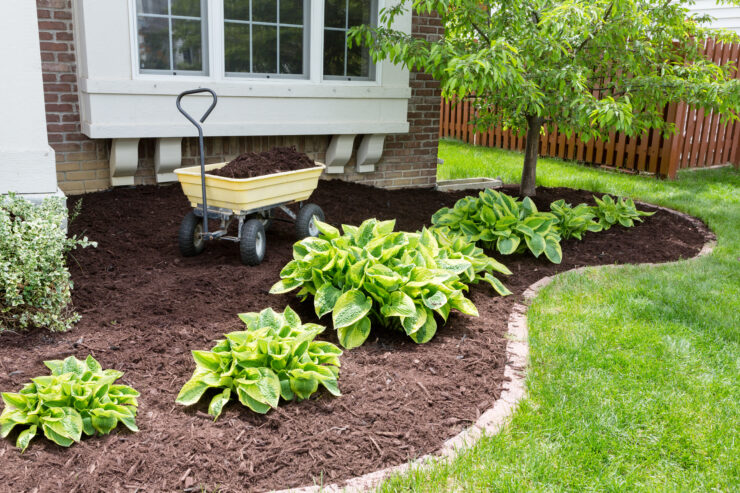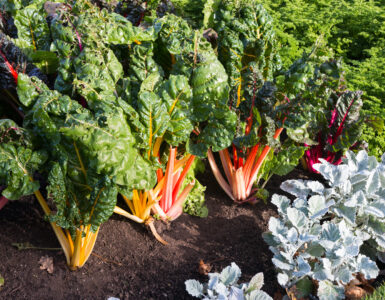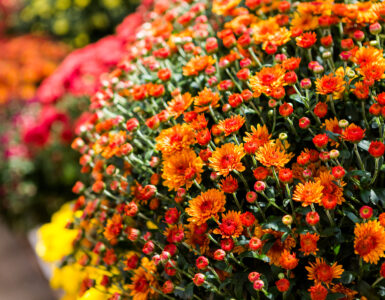Here are some things to know about your garden soil before you start planting.
With spring in full bloom, it’s time to roll up your sleeves and give your yard the care it deserves. But before you dive into those bags of mulch or dust off last year’s planter pots, there are a few important things every green thumb should know.
Cody Zesiger, from the Utah State University Botanical Center, shared some smart seasonal tips that will save your soil and boost your blooms.
The Purpose and Benefits of Mulch
Mulch is more than just a decorative layer for your garden beds. “First and foremost, it helps us save our limited resource water,” Cody explained. By moderating soil temperatures and retaining moisture near the surface, mulch encourages roots to grow closer to the topsoil, allowing plants to absorb more water and nutrients efficiently.
When and How to Reapply Mulch
“Because mulch is sort of a living dead thing… it kind of disappears over time,” Cody said. It naturally breaks down due to microorganism activity. White patches in mulch indicates decomposition, but it’s the thinning of the mulch layer—not the color—that means it’s time to reapply. He recommended maintaining a thickness of two to three inches for organic mulches, adjusting based on the coarseness of the material.
Choosing the Right Mulch
There are many types of mulch to chose from, from shredded bark to fine soil pep. Cody suggested tailoring the thickness of application to the texture. “If it’s the really coarse, big, cheap stuff, maybe we want it a little bit thicker,” he explained. “If it’s that really fine stuff that they call soil pep, maybe we want it down into that one to two inch to make sure we still breathe. ”
Reusing Potting Mix
Reusing last year’s potting mix can be cost-effective, but it requires some care. Cody demonstrated with a reused pot: “it’s like a solid brick that doesn’t really want to absorb anything.” To revitalize old mix, he advised wetting it thoroughly, removing dead plants to prevent disease, and mixing in fresh potting soil and fertilizer.
Fertilizer Fundamentals
Fertilizer can be a powerful tool—if used correctly. Cody warned that many gardeners apply it without understanding its composition. “There are fertilizers that are slow release, fertilizers that are immediate, and then our organic ones are slow release as well,” He explained.
He emphasized the importance of reading the numbers on fertilizer bags, which represent nitrogen (N), phosphorus (P), and potassium (K). Most soils, he noted, already have sufficient phosphorus and potassium. Cody looked at 25 soil samples from their analytical laboratories. “Of those 25 [soil samples], 23 did not need any P or K,” he said.
Find more gardening advice at garden.usu.edu.















Add comment